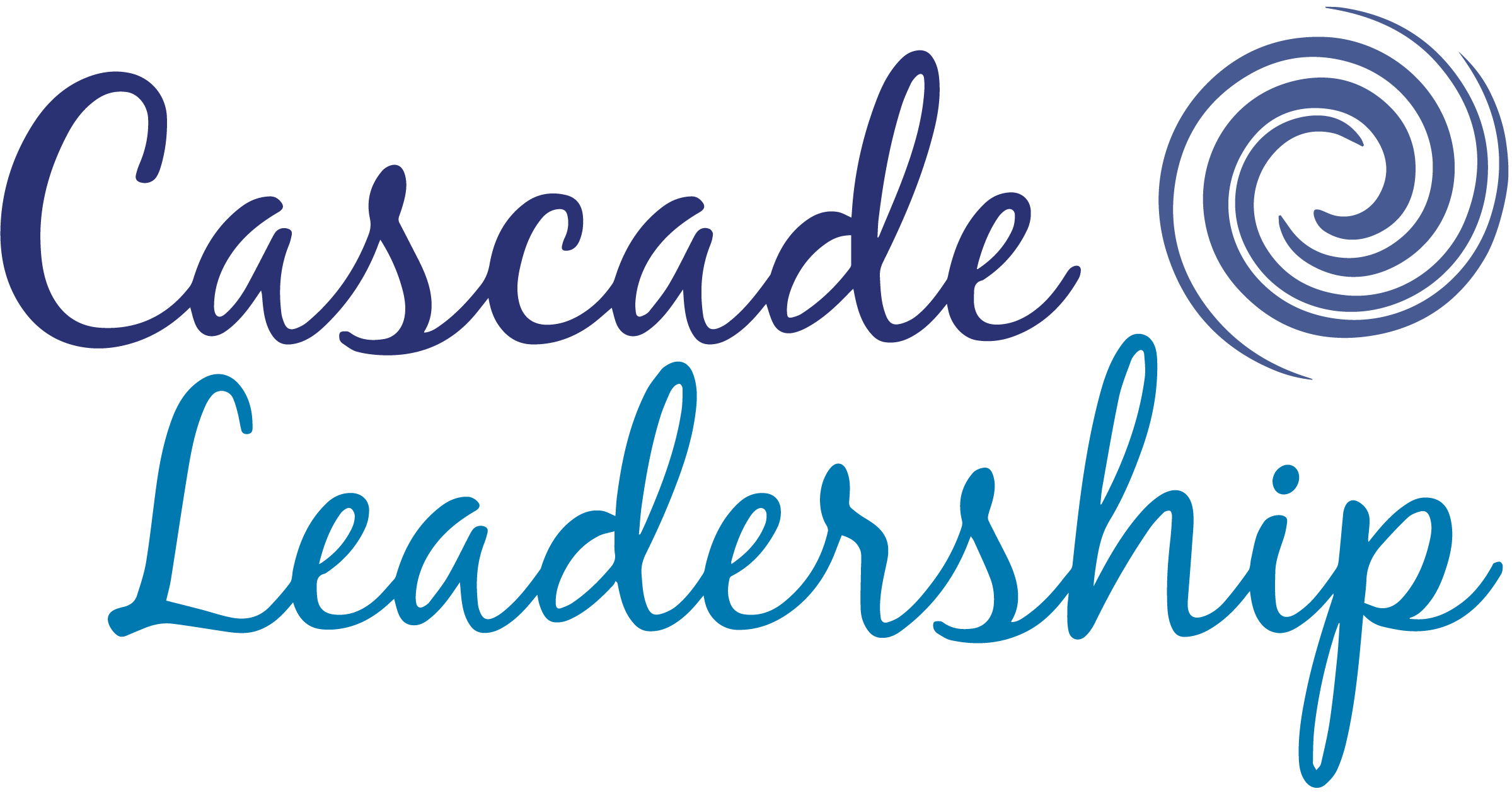In Buen Camino! The Path of Transformation, I share the lessons I learned about completing successful change and transformation initiatives from walking 500 miles across Spain to arrive in Santiago de Compostela. Although my journey appeared to take 30 days, in fact it took three years because I wouldn’t get off my bum to go.
Knowing me at that time, “couch potato” could have easily explained it. But that wasn’t the reason I didn’t step onto the path of transformation. Like 80% of change initiatives that fail, I was missing some fundamental drivers for overcoming my resistance to change.
The simplest and most intuitive model I know for explaining my resistance is found in the DVFR model of change (Beckhard, 1969; Dannemiller and Jacobs, 1992). Specifically, D x V x F > R is a formula for overcoming resistance where the elements represent Dissatisfaction with the current state, a Vision for the future, and a clear understanding of the First Steps to achieve the Vision. The formula is a multiplication equation that leads to a product. So if any of the elements (D, V, or F) are zero, the product is zero and resistance to change is nearly impossible to overcome.
When I work with leaders and share DVFR with them, they understand it immediately. They can quickly explain what is missing and why NOTHING is changing. If Dissatisfaction is missing, Vision must be REALLY COMPELLING to create enough Dissatisfaction for people to take on the hard work of change and the work must be supported with logical First Steps that can make it happen. When I had the Vision of walking to Santiago, I initially lacked the Dissatisfaction required to start. In the absence of having a clear gap between Vision and Dissatisfaction, I had nothing to do and First Steps weren’t relevant.
To improve the chances of your change initiative succeeding, first evaluate:
- How well do those impacted have clarity on the following?
- Why the change is occurring. Do they agree with this and feel some level of dissatisfaction with the current state?
- What the change is. Has the vision of the new future been clearly articulated and cascaded (over and over again)?
- What the first steps (not necessarily the long-term plan) are to ensure the change is realized?
- If clarity doesn’t exist, you will need to build a stronger case for change. Questions to consider:
- Why is this change so essential?
- What environmental shift does it address (competitors, customers, partners, etc.)?
- What business result do you expect to achieve as a result and by when?
Next, consider:
- How many people will this change impact? How dispersed are their locations? Does this change initiative cross geographies? What are the cultural differences in how people adopt new ideas that could impact how they adopt this change?
- How are you involving the people who will be the most impacted and truly have to execute in the new world? Have you included any junior members who appear to be “early adopters” in your change management team? I’d strongly encourage that as it normally speeds up adoption and implementation.
- What will you use to measure adoption? How will you actually go about measuring it?
Articulating the answers to these questions improve your chances of succeeding. So, time to get off your bum! You’re on the path of transformation.
Buen Camino!


